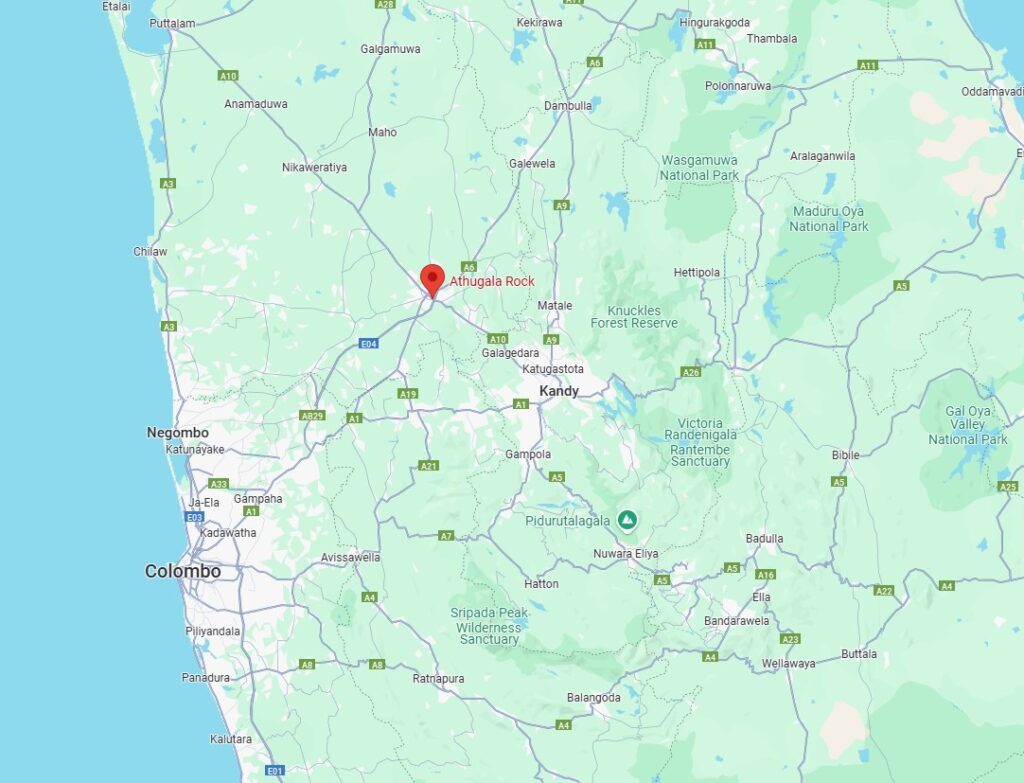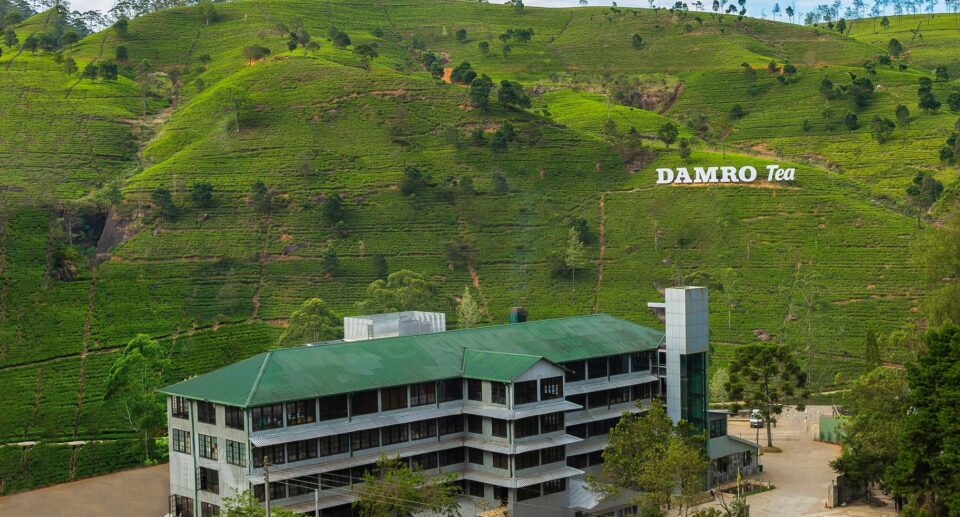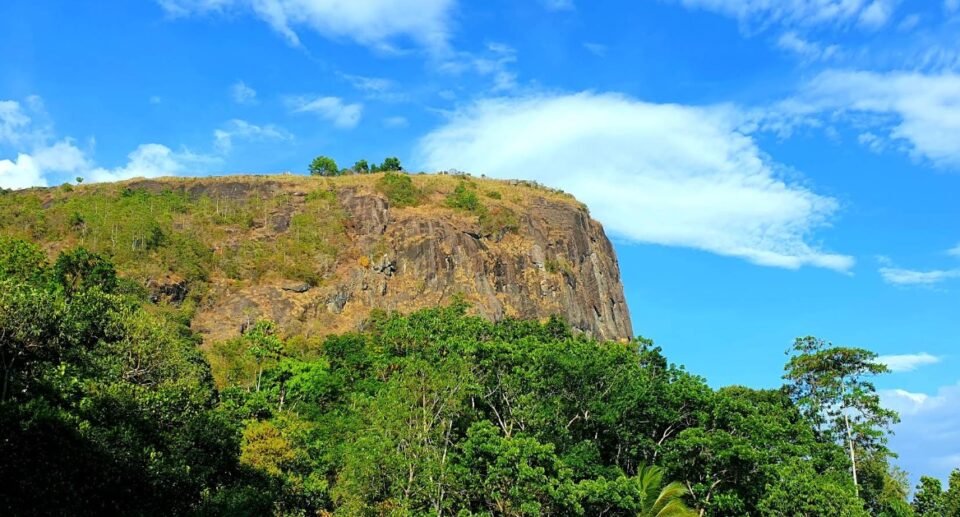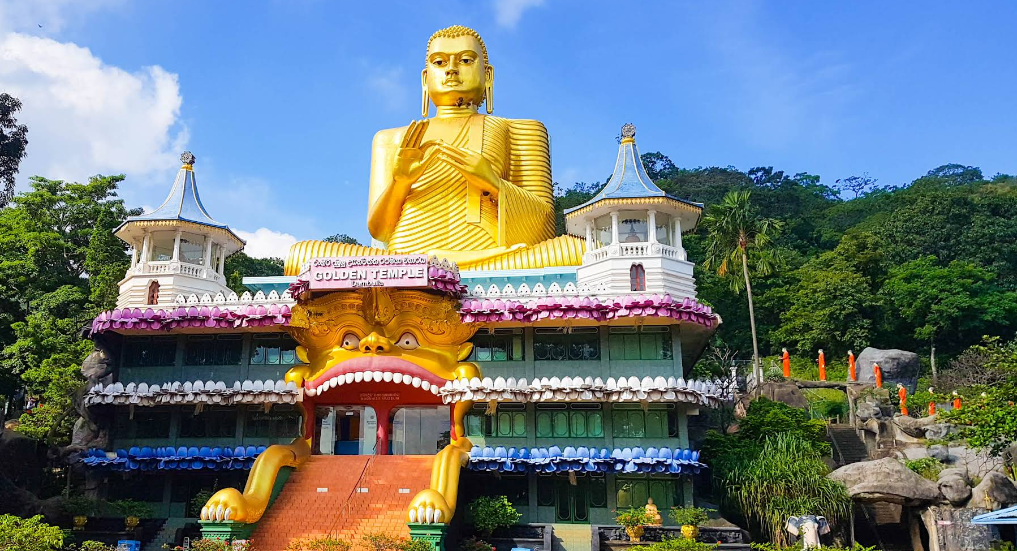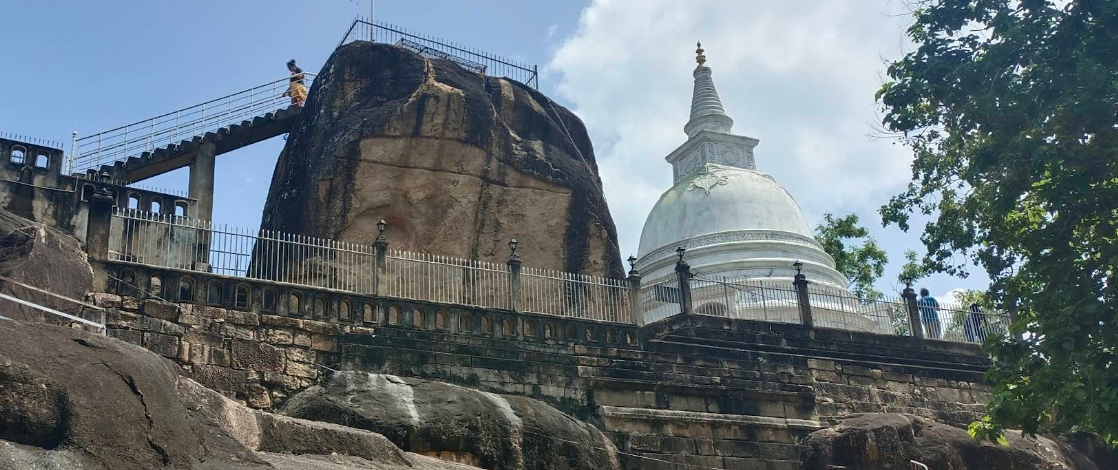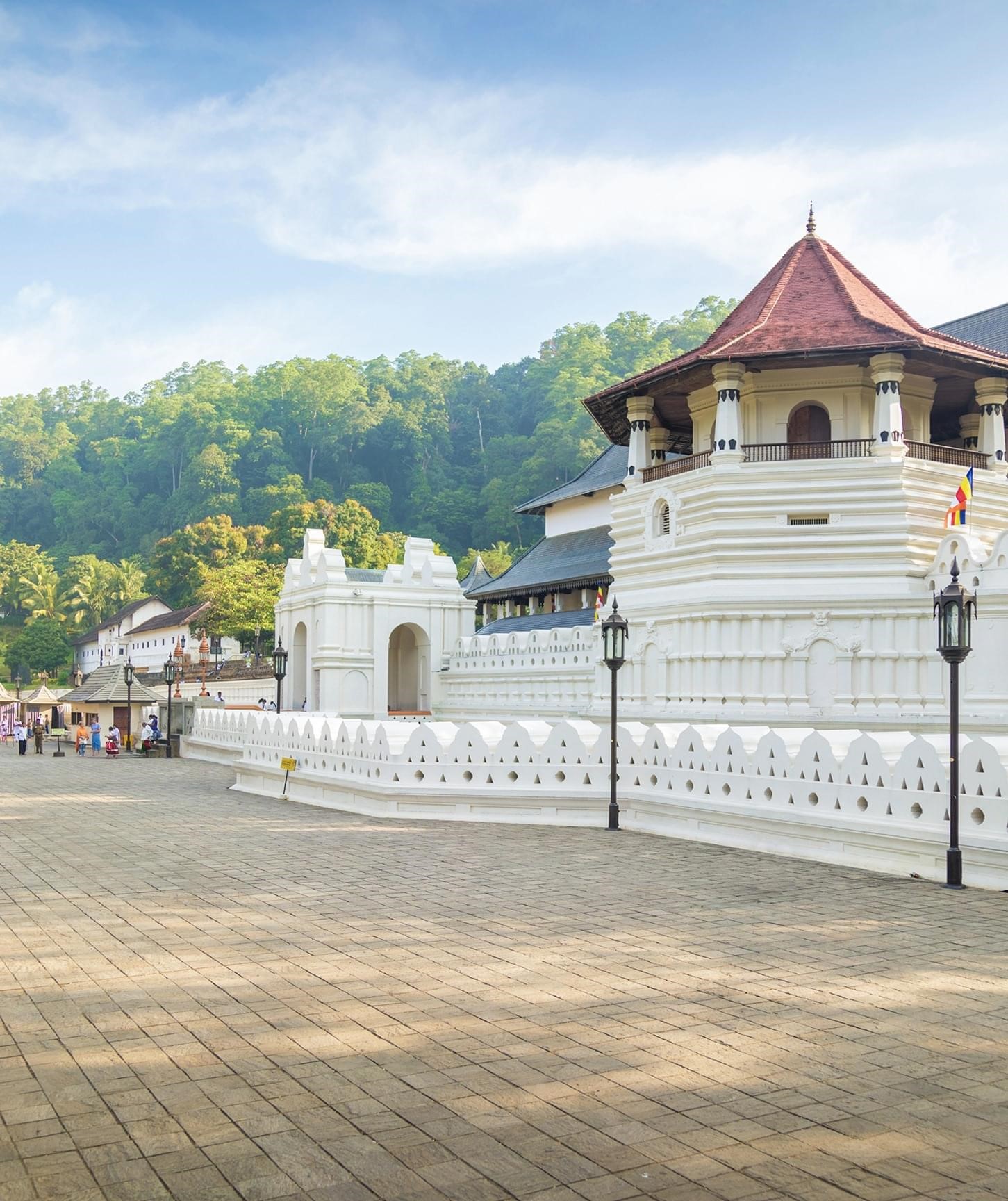Athugala Rock: A Majestic Landmark of Sri Lanka’s Heritage
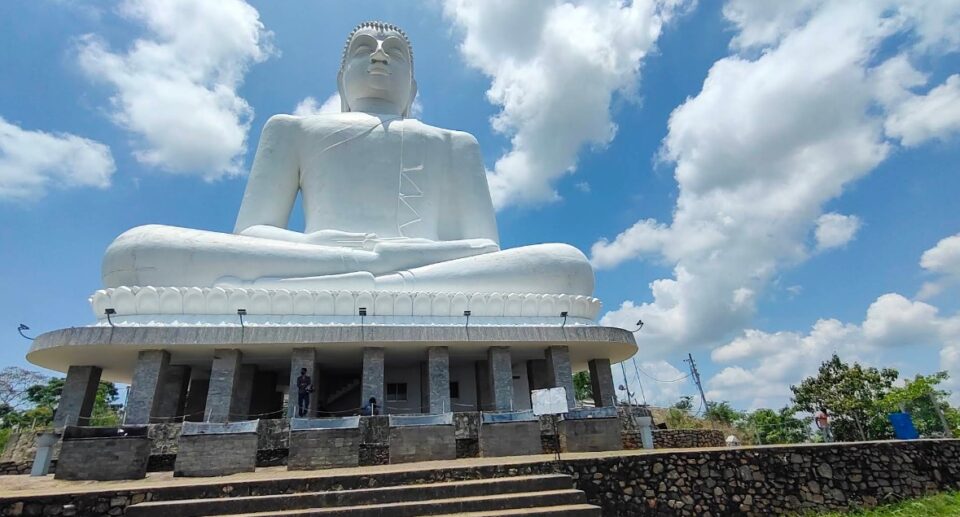
Nestled deep in the heart of Sri Lanka’s North Western Province is Kurunegala, a city rich in history, culture, and natural beauty. Dominating its skyline is Athugala, or the Elephant Rock, one of the region’s most symbolic and charming landmarks. Beyond physical geographical prominence, Athugala is irrevocably part of the city’s tapestry, offering spiritual solace, panoramic views, and a doorway to ancient legend that still fascinates locals and tourists alike.
The Symbol of Kurunegala
Athugala derives its name from its form it appears to be a reclining elephant resting in the center of the city. “Athu” is Sinhala for elephant, and “gala” is Sinhala for rock. The resemblance is spectacular from a distance, especially from certain directions near Kurunegala town. Towering some 325 feet (approximately 100 meters) above sea level, the rock dominates almost every part of the city, a silent guardian of Kurunegala’s past and present times.
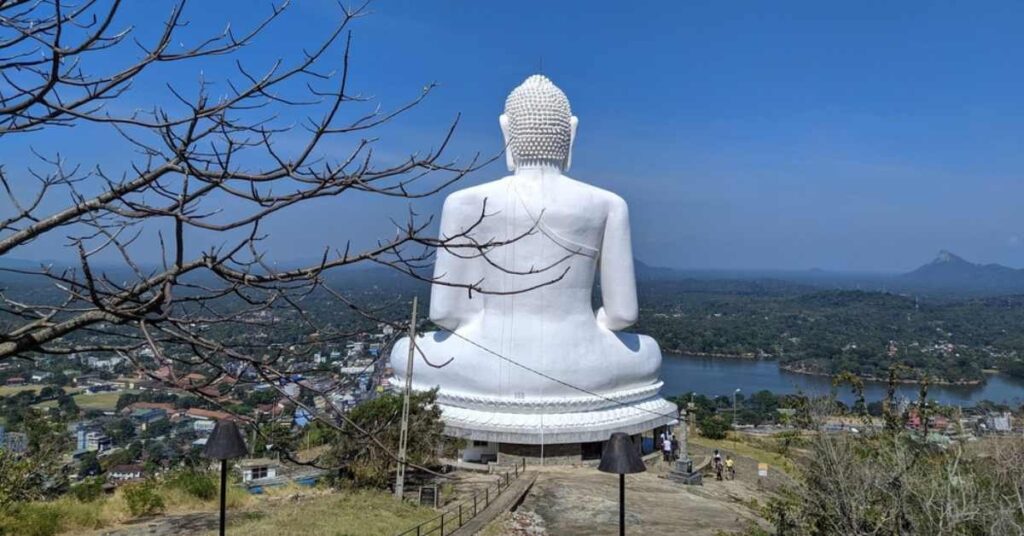
Previously, Kurunegala was a 13th-century royal capital of the Dambadeniya kingdom. Although most of its ancient glory is scattered around here and there in the locality in the shape of ruins and stone inscriptions, Athugala has remained a steadfast symbol through the centuries.
The Lord Buddha Statue
The most prominent landmark atop Athugala is the massive statue of Lord Buddha, a new addition which has become iconic with the peak of the rock. This serene white Buddha, built in sitting posture (Samadhi Mudra), measures around 88 feet in height and is a religious landmark as well as an icon of peace. Constructed during the late 20th century, the statue is lit up at night, seen from miles away and producing a serene atmosphere throughout Kurunegala.
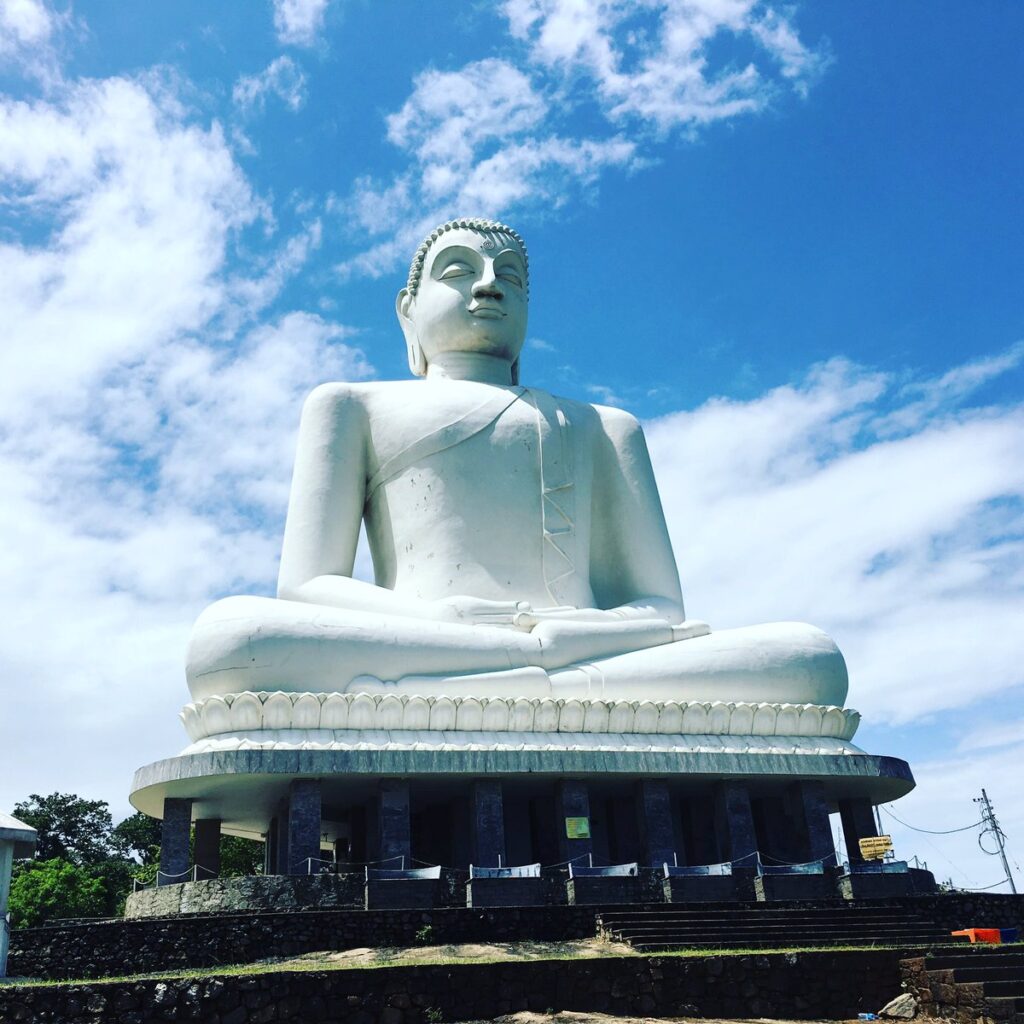
Visitors can either drive or walk up to the statue. A well-maintained road winds around the rock, and for the more adventurous, there are stairways that lead to the summit. Along the way, you’ll pass serene natural surroundings, occasional wildlife, and local pilgrims making their way up with offerings and prayers.
The platform around the Buddha statue is not just a serene place to pray and rest, but also the location of a breathtaking panoramic view over Kurunegala and the surrounding landscape. On a clear day, one can gaze out over lakes, paddy fields, distant hills, and the bustling town below.
Legends and Folklore
Athugala is not just a natural place but also full of folklore. Local legend speaks of seven animals which had roamed around in the area—an elephant, tortoise, goat, hare, horse, lion, and a cock. They are said to have been petrified into rock shape either because they were under a curse or because it was God’s whim. Today, there are several hills around and within Kurunegala in the shape or name of these animals, the most famous and best-preserved “animal rock” being Athugala.
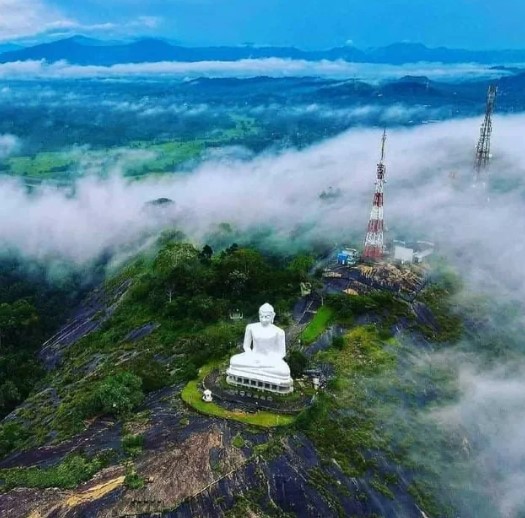
Another local belief is that Athugala was also used as an observation point by ancient kings as a defense measure against invasions by enemies. Its position would have served to give early detection of invasions from distant sources. Some go further to hold the view that caves and inscriptions hidden away in its fissures suggest the use of its site as an overnight shelter or meditation ground by monks in centuries past.
Spiritual and Cultural Significance
To the people of Kurunegala and pilgrims from across the island, Athugala is not merely a tourist spot—but a site of spiritual solace. During Poya (full moon) days, massive crowds climb the rock to offer flowers, light oil lamps, and recite prayers at the feet of the Buddha statue. The atmosphere is serene, typically broken only by the chanting, rustling of leaves, and the occasional bird call.
There are several smaller shrines and resting spots along the way, where pilgrims and visitors can halt and meditate. Spiritual or not, most who visit Athugala talk of a sense of peace and clarity they feel at the summit of the rock.
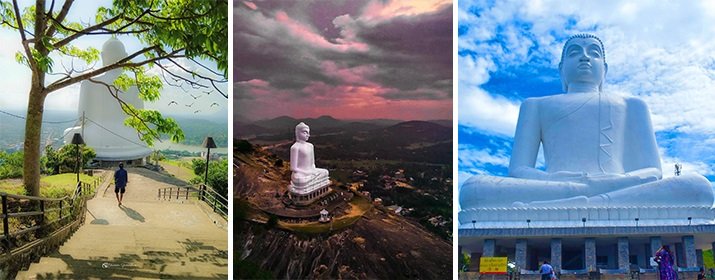
Ecological and Environmental Aspects
Even though Athugala is a religious and cultural location, it is also a natural habitat in the center of a populated area. The rock itself and the areas nearby are homes for various plants and small animals such as monkeys, birds, lizards, and even the occasional mongoose. Initiatives have been taken by the local authorities and conservation committees to maintain the area clean and pollution-free during months of heavy visiting.
However, with increased tourists and visitors, littering and vandalism issues are occasionally present. Tourists are requested to keep the natural surroundings in mind and help in the upkeep of the rock for generations to come.
Tourism and Accessibility
Being strategically located in Kurunegala, Athugala is accessible by both public and private transport. It’s a popular tourist stopover on the way to cultural destinations such as Dambulla, Sigiriya, or Anuradhapura, and it’s a convenient cultural and spiritual experience en route.
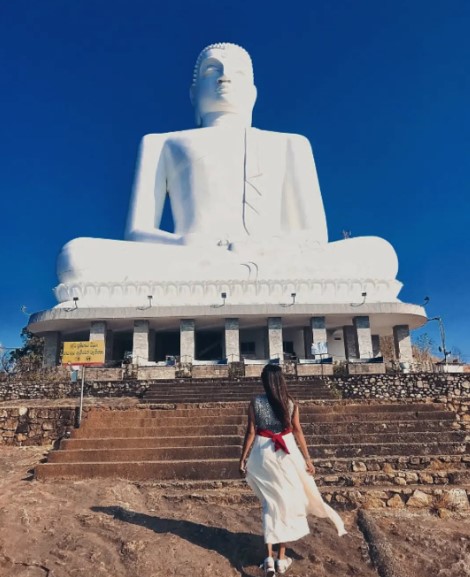
Local vendors typically line up at the base of the rock, offering refreshments, souvenirs, and religious items like incense and flowers. The site typically opens early morning and closes at night, free admission, although donations towards upkeep of the temple are welcome.
For visitors, sunrise and sunset are particularly advisable. Seeing the dawn or dusk light up the Buddha statue and the city below is an experience never to be forgotten.
Athugala in Modern Culture
Athugala can be found in present-day Sri Lankan society on postcards, paintings, and music wherein the beauty of Kurunegala is elevated. It’s a place that is toured by school groups on fieldtrips, couples who see sunset, and elderly devotees who make it their pilgrim home. Its natural beauty, religious significance, and historical foundation cause it to be a symbol of local pride.
Moreover, Athugala has started to get the attention of international tourists, particularly those who look for off-the-beaten-path cultural places in Sri Lanka. It is a quieter and more genuine experience compared to often crowded coastal or central hill sections.
Athugala is not just a rock—it’s a reflection of Kurunegala’s spirituality, heritage, and natural beauty. Whether you’re a serious pilgrim, a history enthusiast, or just a traveler looking for peace, Athugala’s ascent is a enriching experience. It’s where history is heard through the serenity of the present, all within the context of Sri Lanka’s timeless scenery.
